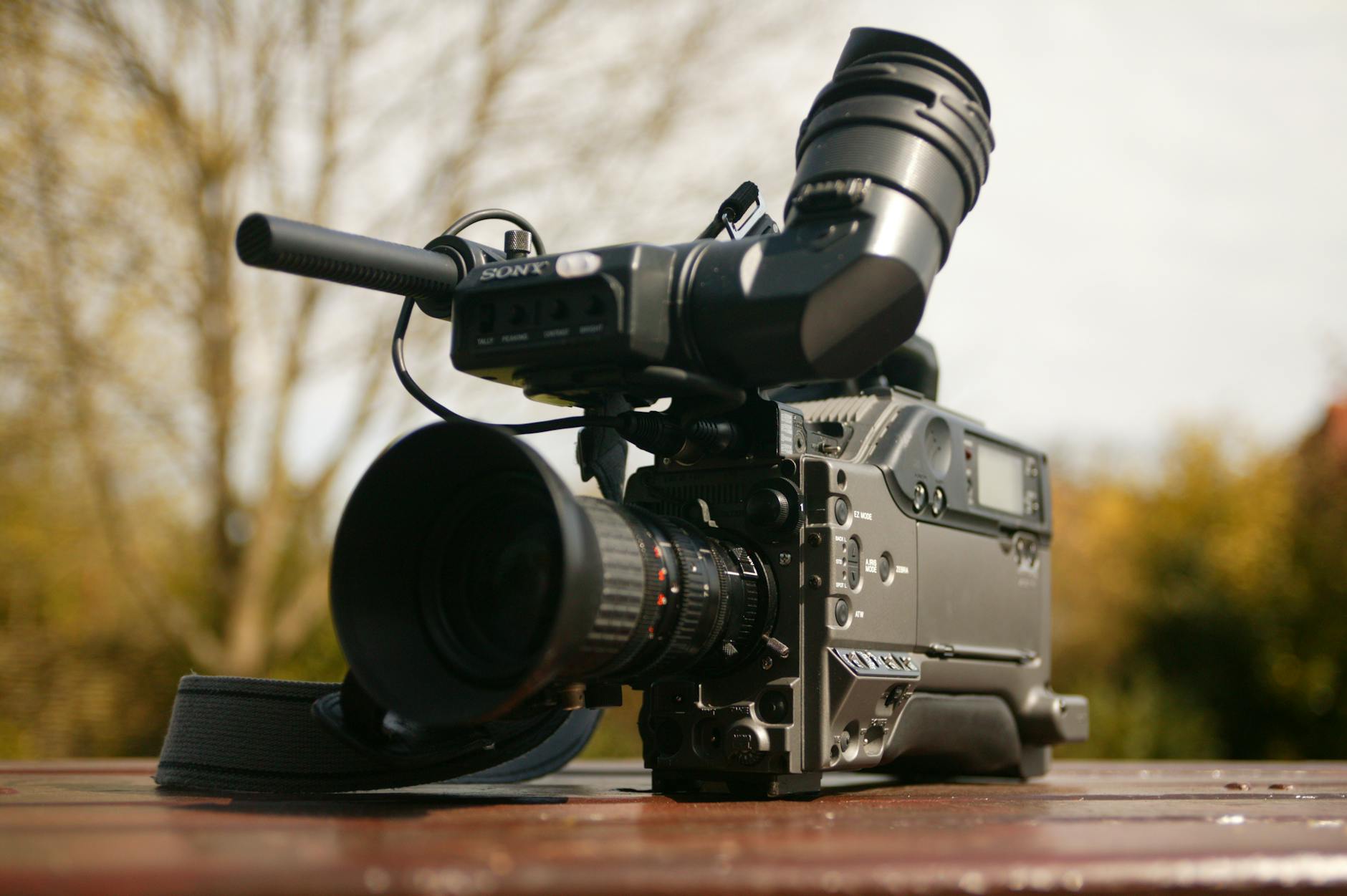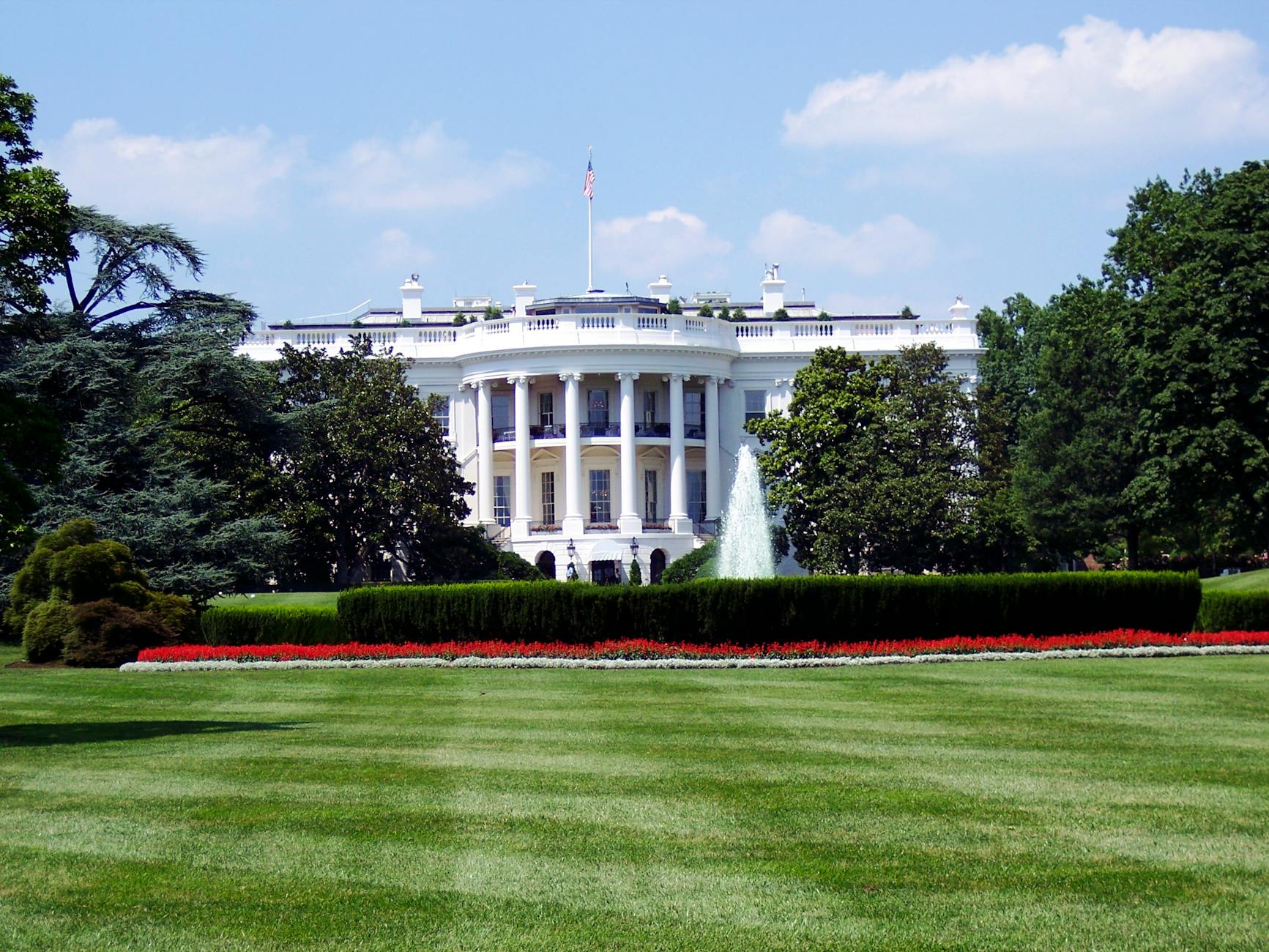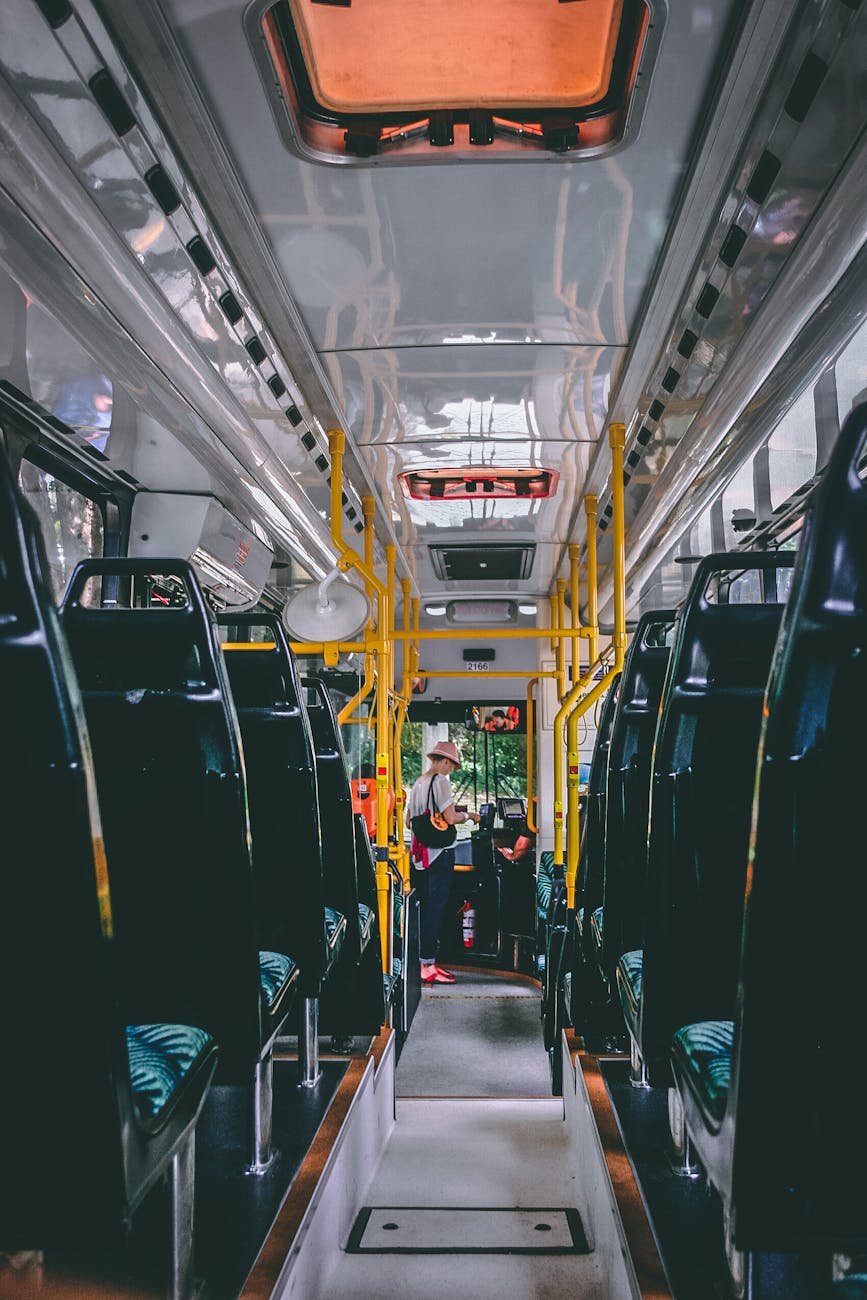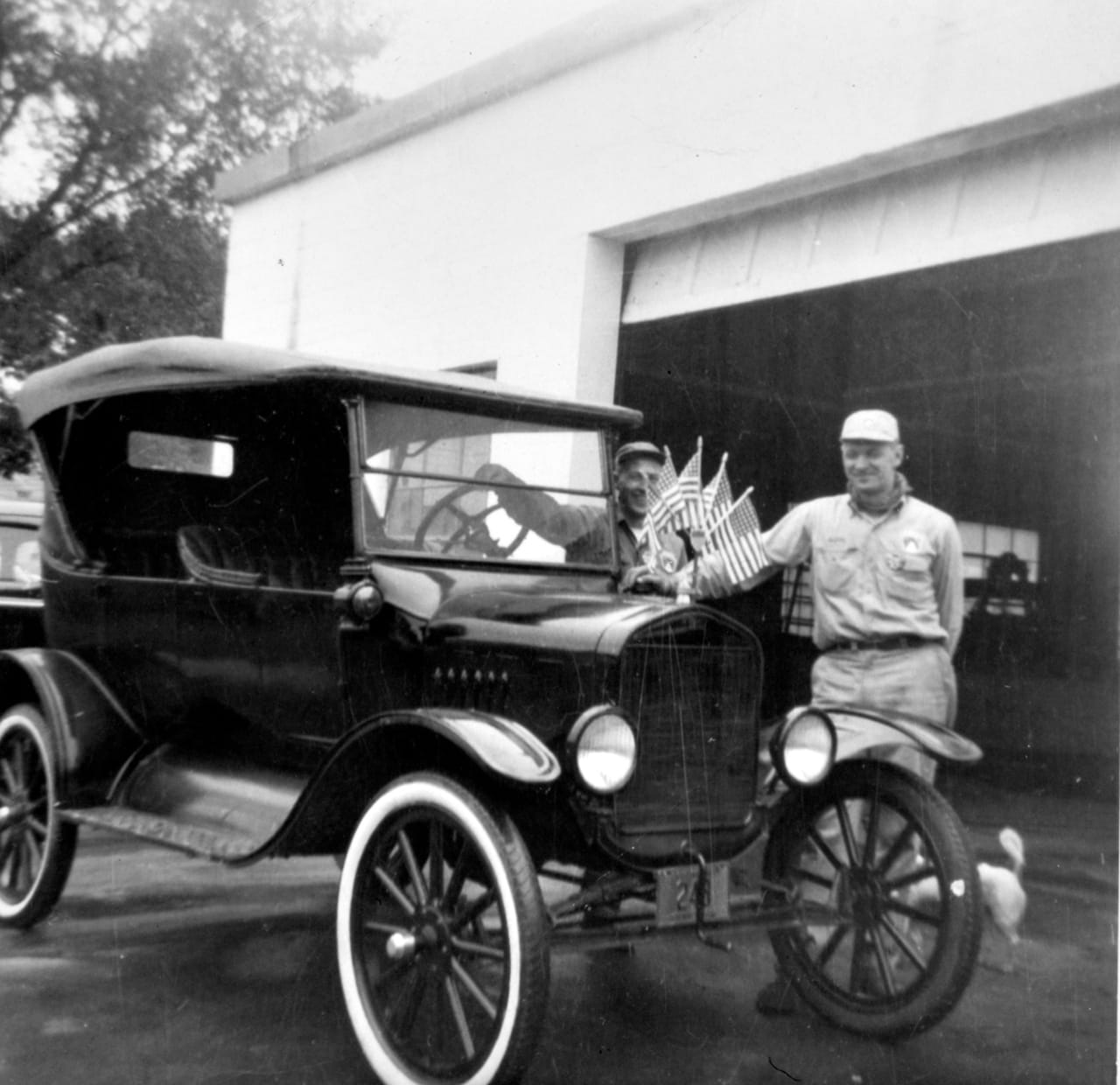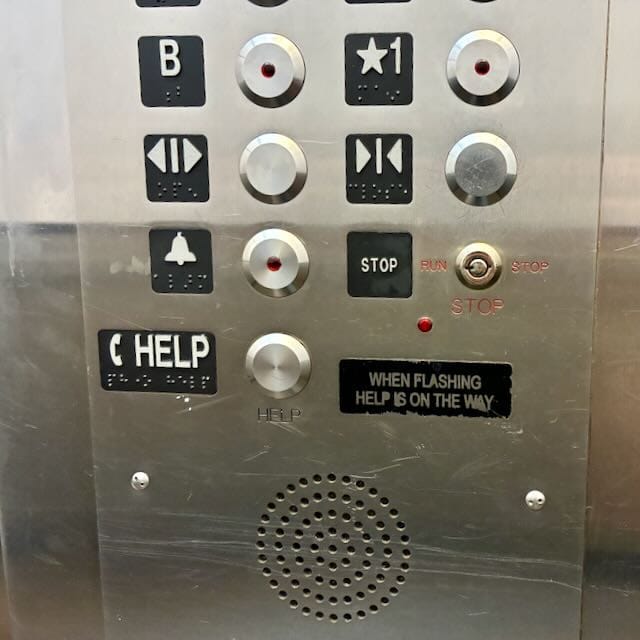A Quick Word Before We Begin
In the age of TikTok headlines and 24-hour news cycles, stories come and go at warp speed. Even major developments—like the string of settlements between powerful institutions and Donald Trump—are quickly overshadowed by the next viral controversy. While much has already been said about these deals, I believe this conversation deserves more depth and context. So I’m adding my voice to it. Let’s dig in.
When Colleges and Newsrooms Pay to Stay Silent
Columbia made a massive $200 million payout. ABC followed with a $15 million hush-money deal. CBS also sealed a deal worth $16 million. Institutions are caving to politically motivated pressure, which jeopardizes academic integrity, press freedom, and democratic norms.
Something Strange, and Dangerous, Is Happening
In the past eight months, a pattern has emerged. Institutions, once considered the bedrock of academic freedom, are quietly agreeing to large settlements. These agreements are with Donald Trump or his administration. These aren’t settlements of moral or legal accountability. They are settlements of political intimidation.
Let’s walk through the cases:
- Columbia University agreed to pay over $200 million. This payment resolves federal investigations tied to its handling of foreign funding disclosures. It also addresses its response to antisemitism and pro-Palestinian protests. The payment allowed Columbia to restore access to roughly $400 million in frozen federal funding.
- ABC News, owned by Disney, settled a defamation lawsuit by Trump. This was over George Stephanopoulos’s repeated claim that Trump was “found liable for rape” in the E. Jean Carroll case—a legal finding that actually stopped short of that label. Disney paid $15 million to Trump’s presidential library and another $1 million in legal fees.
- Paramount/CBS settled with Trump after he alleged that a 60 Minutes interview with Kamala Harris constituted “election interference.” The network agreed to pay $16 million. It also agreed to donate programming value to Trump’s campaign. Additionally, it will release full transcripts of future candidate interviews.
None of these settlements included a court finding against the institutions. None of them were compelled by loss in court. They were voluntary. And that’s the problem.
Columbia University: $200 Million and Policy Concessions
Columbia’s settlement was staggering not just in dollars but in scope. Beyond the $200 million fine, it included sweeping changes to academic and student governance. The changes involved reshaping its Middle Eastern studies department. It banned race-based admissions policies. Additionally, dozens of students and faculty were disciplined.
The underlying investigations were rooted in Trump-era policies that targeted elite academic institutions. Critics argue they were less about compliance and more about culture war. By settling, Columbia may have preserved short-term funding but sacrificed its long-term credibility as an independent educational institution.
ABC News: $15 Million for a Word
The ABC News case sets an equally grim precedent. After anchor George Stephanopoulos repeatedly misstated that Trump had been found liable for rape, Trump sued for defamation. The actual legal finding was for sexual abuse and defamation, not rape.
Rather than fight the case, Disney paid $15 million to Trump’s presidential library and covered $1 million in legal fees. They also issued a public apology.
This may seem like a reasonable correction, but the implications are dire. Legal scholars warn that it gives powerful public figures a playbook. They can target a minor misstatement. Then, they escalate it into a lawsuit. Finally, they extract concessions to fuel their political brand.
CBS/Paramount: Election Interference, or Editorial Independence?
The CBS settlement over its 60 Minutes interview with Kamala Harris is arguably the most absurd. Trump alleged the interview violated election law by favoring Harris and sued under Texas’s consumer protection laws.
Despite the lawsuit’s flimsy legal grounding, Paramount settled. The company agreed to a $16 million payout. Additionally, they accepted a range of non-financial concessions. These include releasing full interview transcripts for any future presidential candidates.
CBS insiders expressed outrage. One longtime producer resigned, calling the settlement a betrayal of journalistic independence. Dan Rather called it “a sell-out to extortion.”
Many media analysts and political commentators believe the settlement was about more than just legal risk. It was aimed at facilitating Paramount’s merger with Skydance Media. Trump could effectively stall or block the merger through his influence over the FCC. The settlement is widely seen as a strategic move to secure regulatory clearance.
The Real Damage: Institutional Cowardice
What these cases share is not just large payouts—it’s institutional surrender. When power is abused to intimidate, institutions should stand up, not cave in.
The real damage isn’t measured in millions of dollars. It’s in:
- The self-censorship that will follow. Reporters and professors may avoid controversial topics.
- The politicization of academic research and journalistic standards. Compliance becomes policy.
- The erosion of public trust. If our most credible institutions fold under pressure, who can we trust to speak truth to power?
What’s at Stake
These settlements are not about accountability. They are about leverage.
They reveal a strategy: use the legal system to financially exhaust your critics, then spin their silence into political capital.
If this continues, we risk normalizing a future where:
- Power is transactional.
- Truth is negotiable.
- Dissent is punishable.
What We Need Now
This moment demands more than outrage. It demands resolve. Here’s what must happen:
- Demand Transparency – Institutions must publicly explain their settlement decisions.
- Strengthen Legal Protections – For journalism, academic freedom, and nonprofit independence.
- Support Courageous Institutions – Alumni, donors, and audiences should reward integrity, not cowardice.
Because when truth is silenced by settlements, democracy becomes little more than a brand.
If you appreciated this analysis, share it widely. Stay loud. Stay informed. Because the cost of silence is too high.
Sources
- Columbia University to pay over $200 million to resolve Trump probes – Reuters
- Columbia University to pay $221 million to settle Trump probes – Deutsche Welle
- George Stephanopoulos-Trump settlement at ABC – CNN
- Libel warfare: ABC’s payout to Trump sends a chill across US media – Financial Times
- Paramount to pay $16 million in settlement with Trump over 60 Minutes – Associated Press
- Trump-CBS settlement raises alarm among journalists – The Guardian
